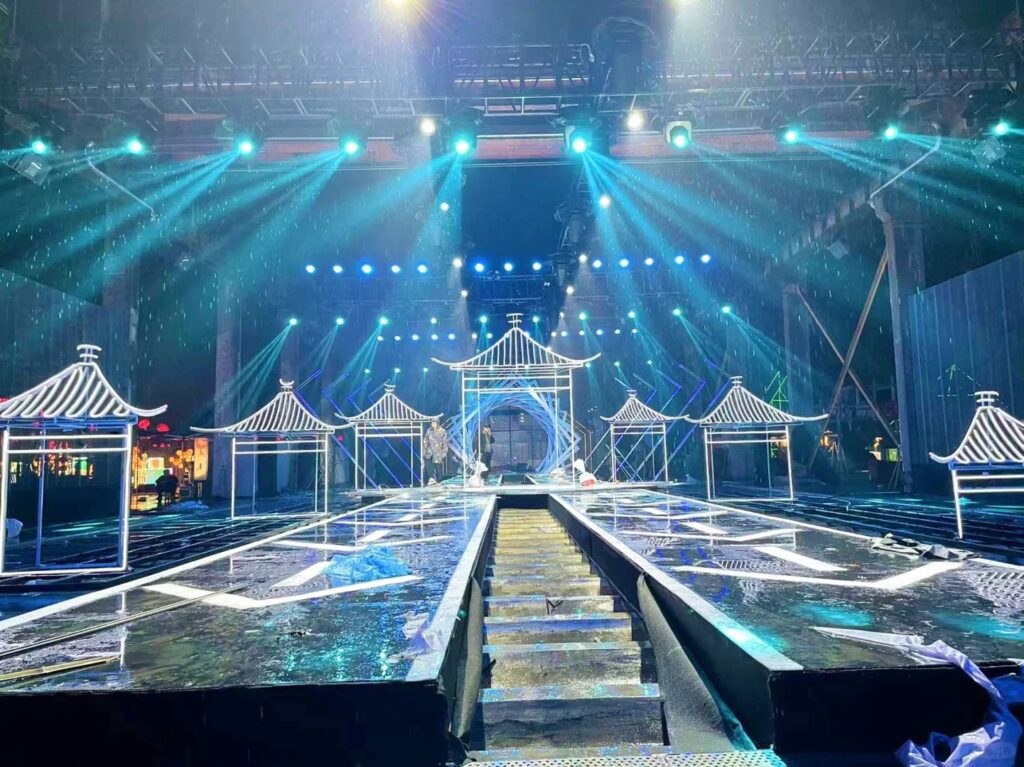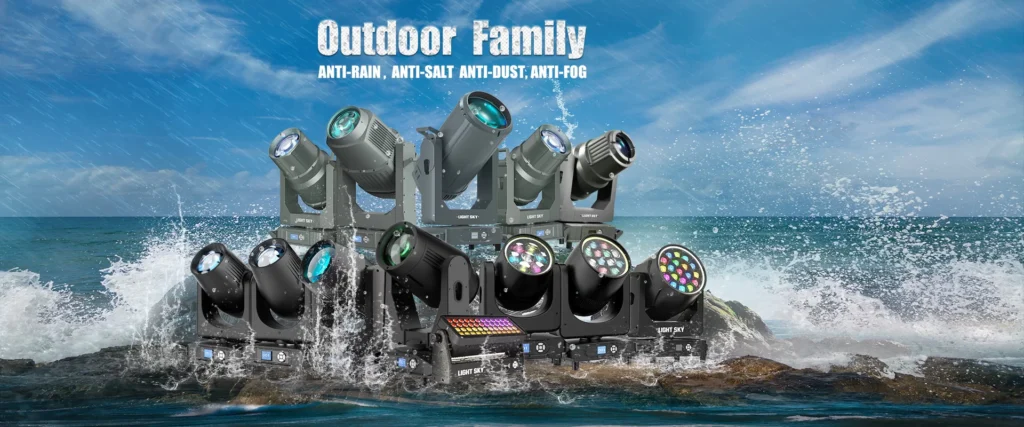
To create an unforgettable stage show ????, Firstly, it is necessary to understand the characteristics of mainstream lighting fixtures for stage performances. Generally speaking, according to the types and effects of stage lighting fixtures, they can be divided into chasing lights, beam lights, pascal lights, moving head lights, dyeing lights, tube lights, etc
✨ Chasing light
Chasing lights are mainly used for remote illumination of specific objects or characters on the stage, producing circular light spots that can flicker, change colors, adjust the size of the light spot, etc.
✨ Beam light
LED beam lights belong to the category of spotlight fixtures, emitting a bright beam of light that is used in explosive scenes such as opening shows and close ups during lively singing and dancing. Paired with strobe lights, they can create a passionate visual impact effect
✨ Moving head light
The function is to create various patterns on the walls and ceilings by shaking in the air, creating a dynamic effect on the stage and creating different atmospheres.
✨ Dyeing light
LED dye lights are lights that can produce different colors and render the overall color. If there are too many and too many colors in the dyeing lamp, not only will it not produce a colorful effect, but it will also appear very messy.
✨ etc
The main purpose of stage Par lights is to dye, change colors, and create an atmosphere for stage performances. They come in various sizes of light beads, with commonly used colors including red, green, blue, and white light. The color mixing effect is rich.
✨ Imaging light
There are multiple beam angles to choose from, which can cut the light spot into various shapes such as square, diamond, triangle, etc., or project various patterns and patterns as needed.
✨ Tube lamp
Tube lamp is a type of reflective lighting fixture that is currently widely used for illuminating people and scenery in all directions. Tube lights have strong focusing ability and can project light beams with high luminosity, producing strong beam effects. They can shape light columns, light walls, light curtains, and other light and shadow shapes in stage space.
In addition to these common stage lights, daily stage performances can also be equipped with threaded lights, return lights, soft lights, strobe lights, etc. as needed, mainly depending on what kind of effect you want to achieve.



